
1.) Halloween is the second highest grossing commercial holiday after Christmas.
2.) Halloween is held on October 31st which is the last day of the Celtic calendar.
3.) Halloween marked the Celtic New Year and was originally called Samhain, which translates to “summer’s end” in Gaelic.
4.) The Halloween custom has evolved from the ancient Celts belief that the border between this world and “the Otherworld” becomes thin on All-Hallows-Eve. People wore costumes to disguise themselves and avoid harm from the spirits.
5.) The day after Halloween is called All Saints Day. Christians dedicate this day to all those saints who don’t have a special day of their own.
6.) All hallows is another way to say all saints. All-Hallows-Eve means the night before All-Saints Day.
7.) “Halloween” is short for “Hallows’ Eve” or “Hallows’ Evening,” which was the evening before All Hallows’ (sanctified or holy) Day or Hallowmas on November 1. In an effort to convert pagans, the Christian church decided that Hallowmas or All Saints’ Day (November 1) and All Souls’ Day (November 2) should assimilate sacred pagan holidays that fell on or around October 31.
8.) The first evidence of the use of the word Halloween comes from Scotland in the early 16th century. It was slang for All-Hallows-Eve
9.) The colors orange and black represent Halloween because orange is the color of pumpkins and autumn, and black is associated with death and darkness.
10.) Samhainophobia is the fear of Halloween.
11.) The owl is a popular Halloween image. In Medieval Europe, owls were thought to be witches, and to hear an owl’s call meant someone was about to die.
12.) According to Irish legend, Jack O’Lanterns are named after a stingy man named Jack who, because he tricked the devil several times, was forbidden entrance into both heaven and hell. He was condemned to wander the Earth, waving his lantern to lead people away from their paths.
13.) Jack, the story goes, used the lantern to guide his lost soul; as such, the Celts believed that placing Jack-o’-lanterns outside would help guide lost spirits home when they wander the streets on Halloween. Originally made using a hollowed-out turnip with a small candle inside, Jack-o’-lanterns’ frightening carved faces also served to scare evil spirits away. When the Irish potato famine of 1846 forced Irish families to flee to North America, the tradition came with them. Since turnips were hard to come by in the states at the time, pumpkins were used as a substitute.
14.) Trick-or-treating evolved from the ancient Celtic tradition of putting out treats and food to placate spirits who roamed the streets at Samhain, a sacred festival that marked the end of the Celtic calendar year.
15.) When trick-or-treating first became popular in the United States in the 1800s, more children played mischievous pranks than asked for candy. By the 1950s, though, the focus had switched to good old family fun, with sugar-hyped children dressed in costumes.
16.) Halloween has variously been called All Hallows’ Eve, Witches Night, Lamswool, Snap-Apple Night, Samhaim, and Summer’s End.
17.) According to tradition, if a person wears his or her clothes inside out and then walks backwards on Halloween, he or she will see a witch at midnight.
18.) Mexico celebrates the Days of the Dead (Días de los Muertos) on the Christian holidays All Saints’ Day (November 1) and All Souls’ Day (November 2) instead of Halloween. The townspeople dress up like ghouls and parade down the street.
19.) Both Salem, Massachusetts, and Anoka, Minnesota, are the self-proclaimed Halloween capitals of the world.
20.) Medieval folklore also described bats as witches’ familiars, and seeing a bat on Halloween was considered to be quite an ominous sign. One myth was that if a bat was spotted flying around one’s house three times, it meant that someone in that house would soon die. Another myth was that if a bat flew into your house on Halloween, it was a sign that your house was haunted because ghosts had let the bat in.
21.) A common source of fear, spiders make for creepy, crawly Halloween staples. They join the ranks of bats and black cats in folklore as being evil companions of witches during medieval times. One superstition held that if a spider falls into a candle-lit lamp and is consumed by the flame, witches are nearby. And if you spot a spider on Halloween, goes another superstition, it means that the spirit of a deceased loved one is watching over you.
22.) The stereotypical image of the haggard witch with a pointy black hat and warty nose stirring a magical potion in her cauldron actually stems from a pagan goddess known as “the crone,” who was honored during Samhain. The crone was also known as “the old one” and the “Earth mother,” who symbolized wisdom, change, and the turning of the seasons. Today, the kind, all-knowing old crone has morphed into the menacing, cackling witch.
23.) The pagan Celts believed that after death, all souls went into the crone’s cauldron, which symbolized the Earth mother’s womb.There, the souls awaited reincarnation, as the goddess’ stirring allowed for new souls to enter the cauldron and old souls to be reborn. That image of the cauldron of life has now been replaced by the steaming, bubbling, ominous brew.
24.) The candy-collecting tradition has spread from the United States to Canada, Australia, and Western Europe, where more and more little goblins now trick-or-treat. In parts of England, children carry lanterns called punkies (which look like jack-o’-lanterns) and parade through the town on the last Thursday of October. In Ireland, rural neighborhoods light bonfires, and children play snap apple, in which they try to take a bite from apples that are hung by strings from a tree or a door frame.
25.) More candy is sold on October 28th, than any other day of the year.
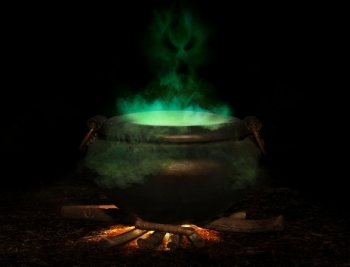
Photo Source
26.) The Village Halloween parade in New York City is the largest Halloween parade in the United States. The parade includes 50,000 participants and draws over 2 million spectators.
27.) Magician Harry Houdini died on Halloween
28.) Many shelters don’t allow black cats to be adopted around Halloween for fear that they may be tortured or sacrificed.
29.) Often used as symbols of bad luck, black cats grace many Halloween decorations. The black cat’s bad reputation dates back to the Dark Ages, when witch hunts were commonplace. Elderly, solitary women were often accused of witchcraft, and their pet cats were said to be their “familiars,” or demonic animals that had been given to them by the devil.
30.) Another medieval myth told that Satan turned himself into a cat when socializing with witches. But nowadays, black cats aren’t synonymous with bad luck and mischief everywhere — in Ireland, Scotland and England, it’s considered good luck for a black cat to cross your path.
Bonus:
31.) In the U.K white cats are thought to bring bad luck, unlike black cats in the U.S.
Sources:
http://ezinearticles.com/?Fifty-Fun-Halloween-Facts&id=4900749
http://facts.randomhistory.com/halloween-facts.html
http://www.livescience.com/16677-halloween-superstitions-traditions.html
http://www.realsimple.com/holidays-entertaining/holidays/halloween/halloween-fun-facts
http://thechive.com/2013/09/19/30-interesting-facts-about-halloween-30-photos/
Thank you for reading. Please feel free to enjoy this free printable wordsearch:

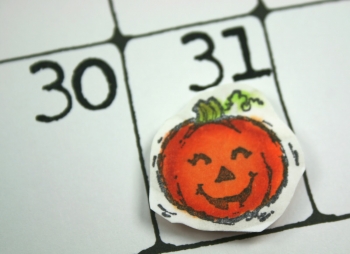
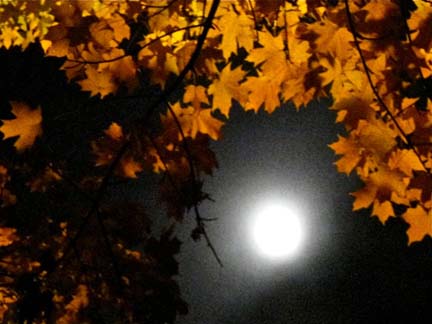
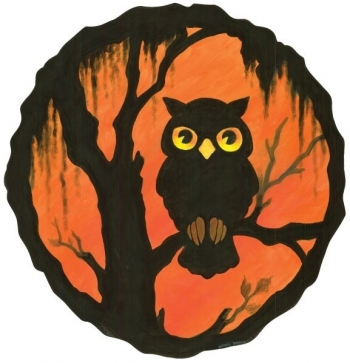

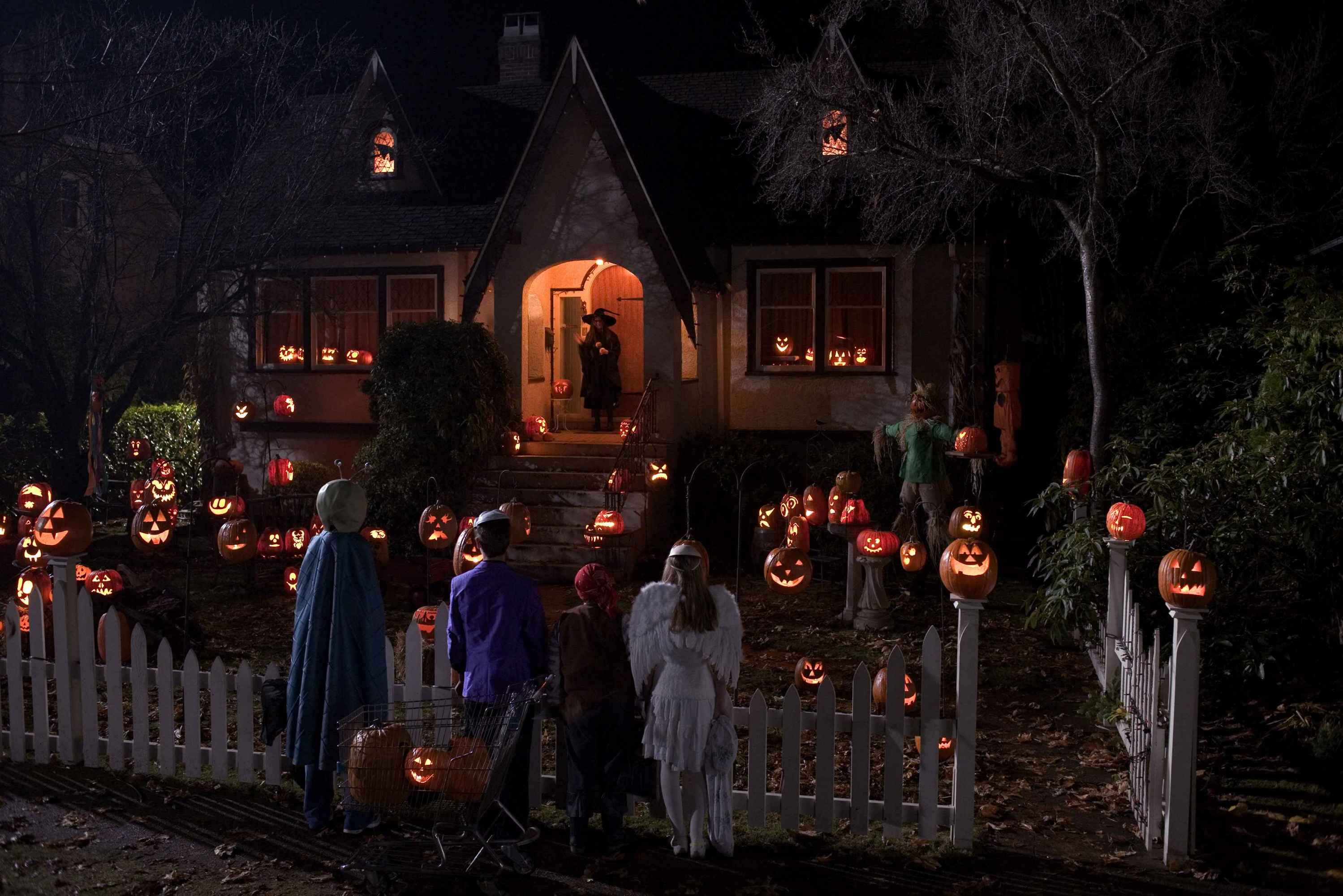

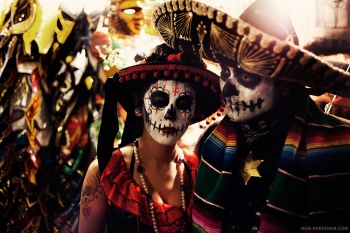
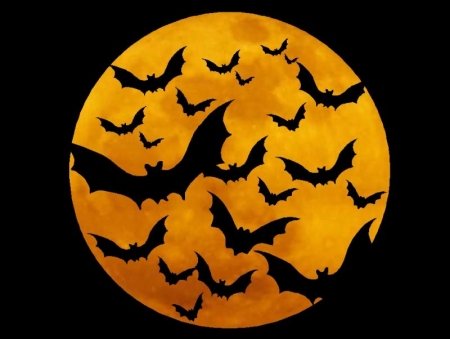

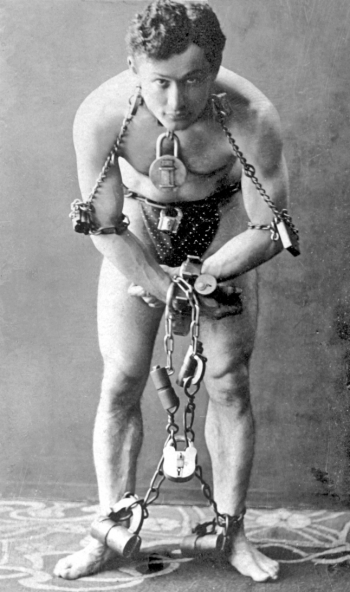
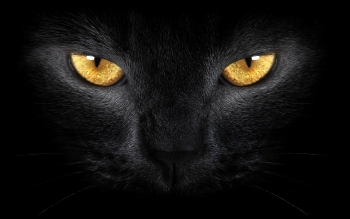
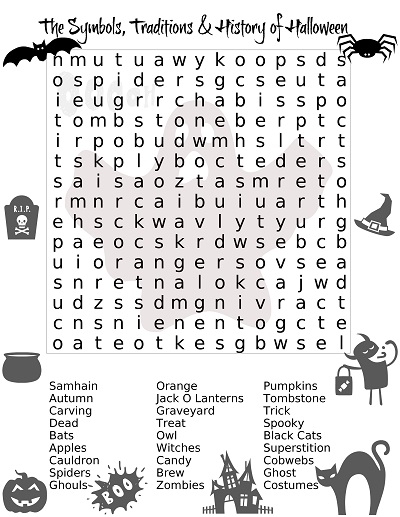
[…] What I Don’t Get About Halloween! iframe { visibility: hidden; opacity: 0; } Previous TGI Saturdays # 40- What I Don’t Get About […]
Fun Halloween facts! As a pagan I love all things witchy at this time of year. The Crone IS the goddess, the goddess wears three faces, Maiden, Mother, and Crone all to represent the different phases in a woman’s life. But as you said, there are lots of different goddess’s too, kind of like Catholic saints, there is a goddess for everything you may want to pray about. I hadn’t known that the creepy warty witches came from a version of the crone so thanks for that knowledge. That’s my something new I learned today and it’s not even 7 am!!
awesome post! I love Halloween so much! thanks for sharing these fun facts :D
Thanks for sharing these! All Saints Day is the reason for the season!
[…] Well, if you research the history of Halloween, it was initially a Christian holiday, at least that’s what I read. Halloween was just slang for “All Hallow’s Eve,” which was the day before “All Saint’s Day,” a day to honor all saints (including the ones who didn’t have a day named after them). The Church’s goal was the convert pagans by assimilating pagan holidays that happened around October 31st. You could read more about the symbols, traditions & history of Halloween in my post “30 Things You May Want to Know About Halloween.” […]
[…] chose 30 Things You May Want To Know About Halloween from Ask Latisha. “These are definitely some interesting facts about Halloween. Thanks for […]
[…] Natasha chose 30 Things You May Want To Know About Halloween from Ask Latisha. “These are definitely some interesting facts about Halloween. Thanks for sharing Latisha!” […]
[…] chose 30 Things You May Want To Know About Halloween from Ask Latisha. “These are definitely some interesting facts about Halloween. Thanks for […]
[…] chose 30 Things You May Want To Know About Halloween from Ask Latisha. “These are definitely some interesting facts about Halloween. Thanks for […]
[…] chose 30 Things You May Want To Know About Halloween from Ask Latisha. “These are definitely some interesting facts about Halloween. Thanks for […]
[…] chose 30 Things You May Want To Know About Halloween from Ask Latisha. “These are definitely some interesting facts about Halloween. Thanks for […]
[…] chose 30 Things You May Want To Know About Halloween from Ask Latisha. “These are definitely some interesting facts about Halloween. Thanks for […]
[…] chose 30 Things You May Want To Know About Halloween from Ask Latisha. “These are definitely some interesting facts about Halloween. Thanks for […]
[…] chose 30 Things You May Want To Know About Halloween from Ask Latisha. “These are definitely some interesting facts about Halloween. Thanks for […]
[…] chose 30 Things You May Want To Know About Halloween from Ask Latisha. “These are definitely some interesting facts about Halloween. Thanks for […]
[…] chose 30 Things You May Want To Know About Halloween from Ask Latisha. “These are definitely some interesting facts about Halloween. Thanks for […]
[…] chose 30 Things You May Want To Know About Halloween from Ask Latisha. “These are definitely some interesting facts about Halloween. Thanks for […]